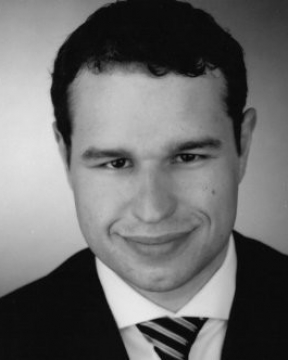Abstract:
A large part of infrastructure in different high-tech countries e.g. in the USA, Germany was built in the 60’s and 70’s. Not only bridges and tunnels, but also nuclear power plants were built in these years. Our modern state is based on this infrastructure.
Currently, the focus of everybody is on the infrastructure, following the first catastrophic failures. The load on the infrastructure is higher than ever planned and their reliability reached its limits. Even with the plan to renew the infrastructure in the upcoming years, the particular task would be impossible. With the current trend to sustainability it appears obvious, that there is a need for a change.
The solution might be found in aerospace and aviation. In the late 80’s, the safety critical sector of aviation was faced with a similar situation: The need for airplanes was rising, however the predicted safe-lifetime of the planes was reached. The solution was to accept defects in the components. “Have Cracks Will Travel” a project of the US Airforce was called, which describes the change of the lifetime assessment towards the damage-tolerant concept, supported by a non-destructive testing program. This program made the lifetime extension possible and saved billions of dollars, at the same time increasing the reliability of aircrafts.
Based on this example, we developed a useable framework for various safety critical industries and it has been introduced worldwide in different industries. For the presentation, we prepared examples from Finland and their approach on the final deposit of spent nuclear fuel, the German Automotive market and the Swiss Railway safety plan as well as a solution for the civil engineering issue of aged bridges in Germany.
We also give an outlook what is possible using the tools of an environment called Industry 4.0, regarding the sustainability. We are convinced that the topics non-destructive inspections and monitoring are an essential part of our future. And sustainability is not a choice, it is a necessity all over the world! Where the presented procedure will be a helpful tool to establish safety, social endurance and economical resilience .
|
